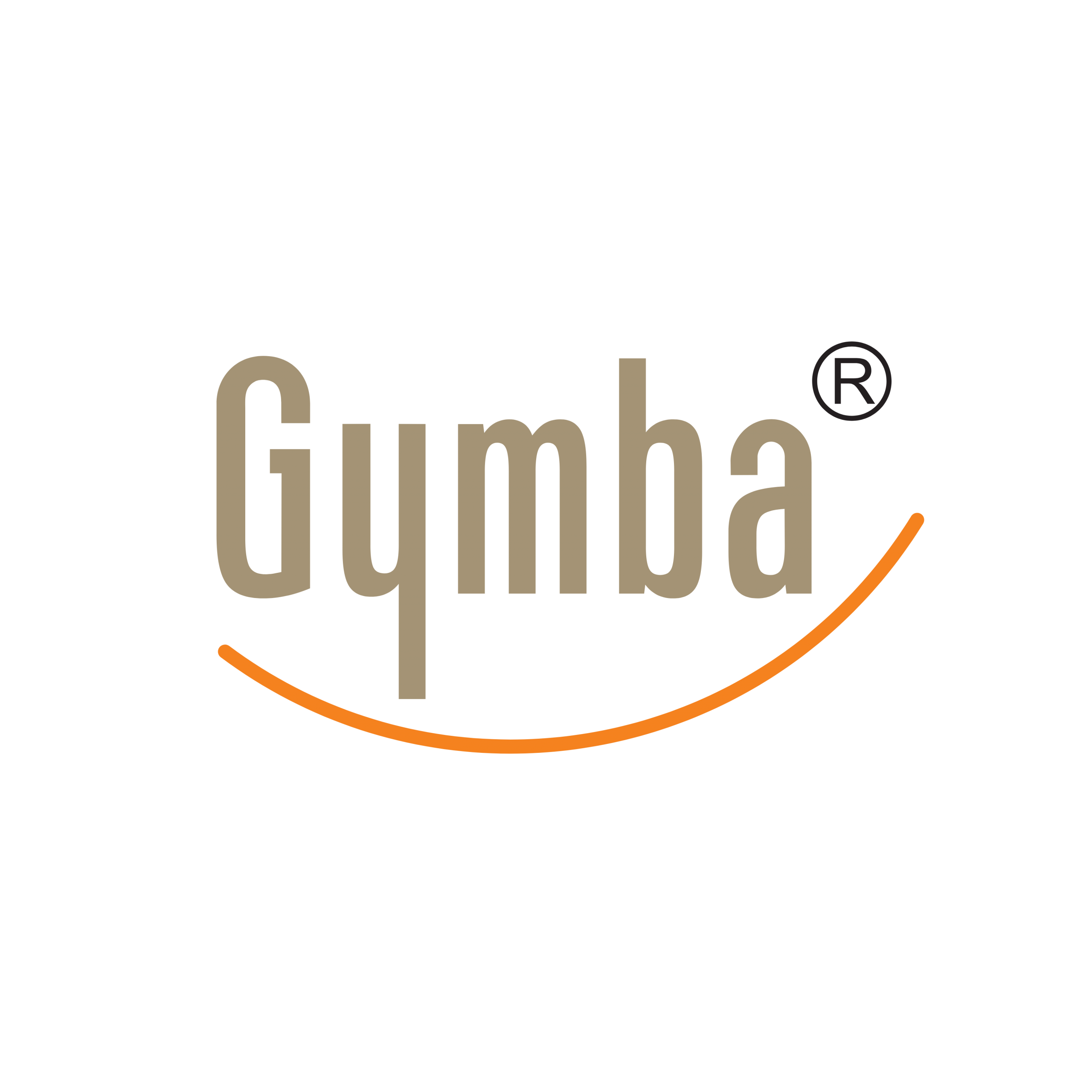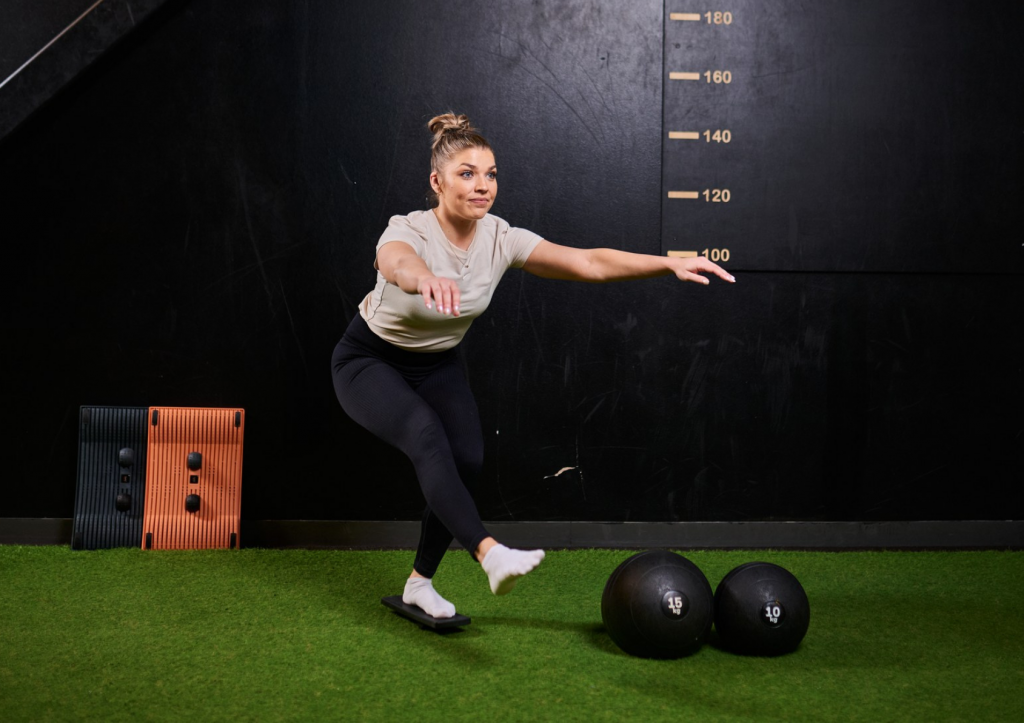Balance training sits at the core of physical fitness, yet many people overlook this fundamental skill until they experience problems. Whether you’re just starting your fitness journey or are a seasoned athlete, developing and maintaining good balance delivers benefits that extend far beyond simply staying upright. Balance training strengthens your entire body, prevents injuries, enhances athletic performance, and supports rehabilitation after injuries.
Why balance training is fundamental to physical fitness
Balance training works by engaging your neuromuscular system—the intricate network connecting your brain to your muscles. Each time you perform a balance exercise, your body activates proprioceptors, specialised receptors that sense your body’s position in space. These proprioceptors send signals to your brain, which then coordinates muscle responses to maintain stability.
This process strengthens the often-neglected stabiliser muscles that support your joints during everyday movements and athletic activities. These muscles rarely get attention in traditional workouts but play a crucial role in preventing injuries and improving overall movement efficiency.
Balance serves as the foundation for virtually all physical activities. From walking and climbing stairs to running and jumping, every movement requires some degree of balance control. By improving this fundamental skill, you enhance the quality of all other movements in your fitness routine and daily life.
Balance training benefits for beginners: Building a strong foundation
For those new to fitness, balance training offers immediate and significant benefits. Research shows that regular balance practice can reduce fall risk by up to 30-40% in adults. This protective effect becomes increasingly important as we age, but building these skills early creates a solid foundation for all future physical activities.
Beginners should focus on basic stability exercises that build confidence and body awareness. Simple practices like standing on one leg, heel-to-toe walking, or gentle weight shifts help develop the neuromuscular connections essential for balance control.
Tools like the Gymba Balance Board MINI for stability training provide an excellent starting point for beginners. Its design allows for progressive difficulty adjustment, making it accessible even for those with limited balance skills. Starting with both feet on the ground near the board for support, beginners can gradually increase challenge by placing one foot on the board while maintaining external support.
How intermediate fitness enthusiasts can progress their balance skills
Once you’ve established basic balance abilities, progression comes through adding complexity and reducing stability. Intermediate practitioners benefit from incorporating balance challenges into existing workout routines—transforming standard exercises into more demanding versions that recruit additional muscle groups.
The Gymba Balance Board MINI excels at this stage by adding an unstable surface to familiar movements. Standing on the board during bodyweight exercises like squats or lunges immediately increases the challenge and effectiveness. The board’s design enables safe progression as your skills improve.
This level also introduces the benefits of myofascial release and flexibility work. By flipping the Gymba Balance Board MINI, you can use its textured surface for foot massage and fascial release—addressing tight tissues that often restrict movement and impair balance. This dual functionality makes it particularly valuable for intermediate practitioners looking to address multiple aspects of fitness simultaneously.
Advanced balance training techniques for athletes and professionals
Elite athletes and fitness professionals rely on sophisticated balance training to enhance performance and prevent injuries. At this level, balance work becomes highly sport-specific and often mimics the exact movement patterns encountered during competition or performance.
Advanced balance training incorporates dynamic stability challenges, reactive balance drills, and complex movement patterns. Athletes might perform explosive movements while balancing, respond to unexpected perturbations, or execute technical skills on unstable surfaces.
The Gymba Balance Board MINI serves as a versatile tool in advanced training programmes. Athletes can use it for targeted ankle strengthening, proprioceptive training, and even rehabilitation between intense training sessions. Its portable design makes it valuable for maintaining balance training consistency during travel or competition periods when access to regular training facilities might be limited.
Balance training for rehabilitation: Recovery at every stage
Following injury, balance training forms a cornerstone of effective rehabilitation protocols. The progression typically begins with simple stability exercises and gradually advances toward functional movement patterns that mimic real-world activities.
Physical therapists often utilise balance tools to create graduated challenges appropriate for each recovery stage. Initial rehabilitation focuses on regaining basic proprioception and stability, while later stages emphasise returning to normal movement patterns with proper neuromuscular control.
The Gymba Balance Board MINI offers particular advantages in rehabilitation settings. Its versatile design supports multiple therapeutic approaches—from gentle balance challenges to myofascial release using the board’s reverse side. The ability to modify difficulty makes it suitable for patients at various recovery stages, while its portable nature allows for consistent home practice between therapy sessions.
How to build an effective balance training routine for your level
Creating a personalised balance training programme requires considering your current ability level, goals, and available time. For optimal results, incorporate balance work 2-3 times weekly for at least 10-15 minutes per session.
Beginners should start with 30-60 second holds of simple static positions, focusing on proper form and body awareness.
Intermediate practitioners benefit from adding dynamic movements and reduced stability. Try incorporating the balance board during strength exercises, performing controlled movements while balancing, or using the board’s textured surface for recovery work between more challenging sessions.
Advanced athletes should integrate sport-specific balance challenges and complex movement patterns. Use the Gymba Balance Board MINI for high-intensity training, reactive balance drills, or as part of a comprehensive warm-up routine to activate proprioceptive systems before performance.
Regardless of your level, consistency matters more than intensity. Regular practice creates lasting neuromuscular adaptations that improve balance, reduce injury risk, and enhance overall movement quality. By incorporating appropriate balance challenges into your routine, you’ll build a stronger foundation for all physical activities while developing a skill that serves you throughout life.

